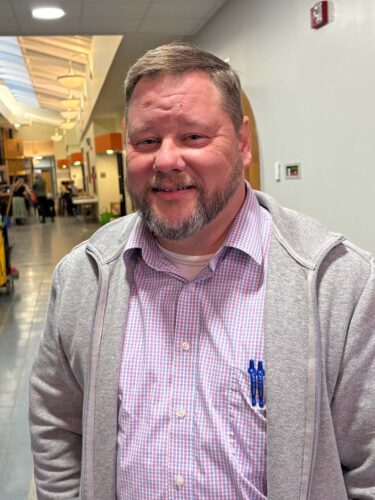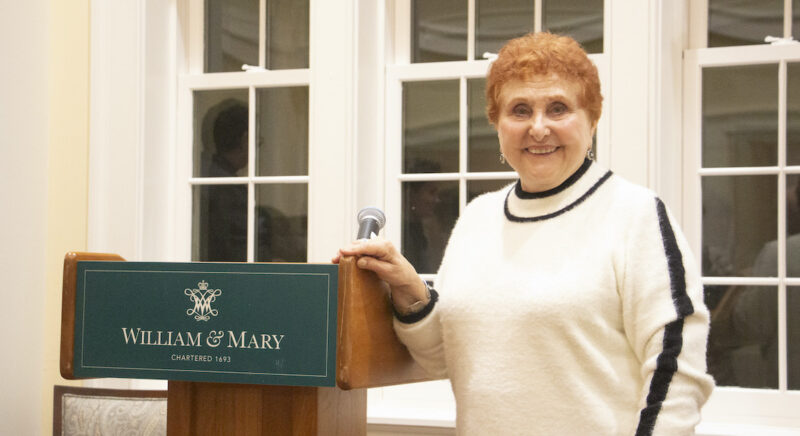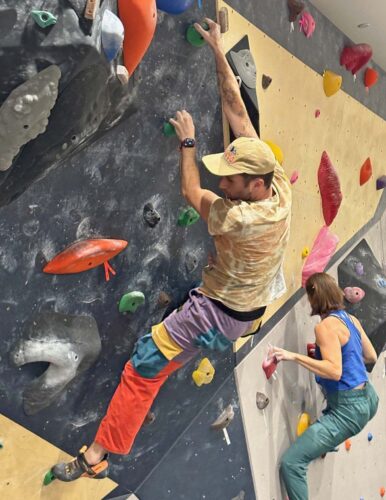ADIRONDACK FILM: Padovani to talk about art of costume design at film festival
Halloween is just around the corner, and if you have a child or are a child at heart, you’re probably thinking about your costume. For most of us, the fun of dreaming up costume ideas comes once a year at the end of October. Still, if you’re a professional costume designer like Lisa Padovani, you get to imagine costume ideas every day.
“I do love what I do,” Padovani said. “I’m always on, always looking around for inspiration.”
Padovani will be at the Lake Placid Film Festival on Saturday, Nov. 1, giving a workshop on the art of costume design from 4 to 5 p.m. at the High Peaks Resort. She is part of an effort to promote local work in the film industry, a project spearheaded by Gary Smith, the chair of the Lake Placid Film Festival and Adirondack Film.
Over the past five weeks, I’ve written about various film trades that will be featured at the festival, trades such as practical effects, location management and lighting design. The leitmotif of my articles has echoed Smith’s conviction that jobs in film are manifold, and locals have preexisting skills that are transferable to the film trade.
“The Adirondacks are a big draw for filmmakers,” Smith said. “If we can get locals educated in film trade, there’s no limit to what we can accomplish.”
Padovani has an impressive body of work. She’s designed for shows like “Boardwalk Empire” and “Gotham” and worked in the costume department for films such as “The Departed” and “Far from Heaven.” Whether she’s imagining costumes for Batman origin stories or mafia movies, her process begins with what she considers the pulse of every film — the script.
“It’s all about the script,” Padovani said. “I read the script, and I think about atmosphere. There’s often a mood board, and from that I see the colors and silhouettes that inspire the aesthetic of the film.”
In the simplest terms, the costume designer determines how a character looks. However, with a more careful study, we discover that the look of a character will determine how the character moves, behaves, and is perceived. In other words, the costume designer in part determines who a character is. For this reason, Padovani will stay in close contact with the actors that she dresses.
“I talk to the actors quite a bit because I want to know their take on the character,” she said. “I don’t want them to wear something they don’t want to wear, or their performance won’t be good. I’m there to enhance their performance.”
Acting is an art form that involves not being yourself to become more yourself, a process of letting go, and self-discovery. One way to help an actor disassemble and reassemble themselves is through the right wardrobe. A costume can often inspire the raw potential of a character, and when it comes to creating inspiring costumes, Padovani is as good as they come. Actors have described their experience of putting on her creations as a crucial part of getting into character.
“I’ve had actors tell me, I’m not really in character until I put on your costume,” Padovani said.
The experience of putting on a costume is more than aesthetic, more than physical — it is metaphysical. As such, the responsibilities of the wardrobe department go beyond merely dressing an actor.
Padovani explained that a good wardrobe department will facilitate the process of vulnerability and reinvention inherent to acting by ensuring that the actor feels safe.
“It’s important to check in with the actors, to gain their trust,” Padovani said. “The wardrobe department is in the actor’s dressing room, physically touching them, helping them get into their clothes, helping them get into character. The actors are vulnerable when they’re acting. We’re there to help them through their process.”
Padovani’s costumes are elegant and cutting-edge. She is plugged into everything — Instagram, TikTok, Pinterest. She watches television and film nonstop and is always scrolling through media. For her line of work, this type of hyper online activity is necessary.
“I think it’s really important to saturate yourself in what’s trending,” she said. But when I asked her where she finds her best ideas, her answer was decidedly “non-digital.”
“I love to take pictures of people on the street, what I call ‘in the wild,'” Padovani said. “If I see someone and I like their style or their outfit, I ask them if I can take their photograph. I’m also inspired by art and nature, especially when it comes to textures. Lighting, too, I’m a big lighting person. I love interiors. When a place is lit well, the shadows fall in a certain way. I’m always just looking around and finding inspiration.”
It struck me that while Padovani finds inspiration in various types of “wildlife,” her creations are seen and admired and imitated by millions of people, a process owed mostly to the accessibility of trends through online sources. A reinvention of the Aristotelian adage that “art imitates life” now feels appropriate: online life imitates art that imitates “wildlife.” And why wouldn’t we want to imitate the imaginative creations we see by designers like Padovani? Actors aren’t the only people who want to explore new ways of being or who like to play dress-up.
This Halloween, I’m taking my daughter trick-or-treating in my favorite costume, a homemade version of Bruce Lee’s iconic yellow jumpsuit from “Game of Death.” Once I put it on, I can’t help myself. I get in front of a full-length mirror, turn to the side to admire the black stripe I sewed along the side, a ribbon I bought years ago at Fabricland. I widen my stance, bring my hands into a Kung Fu guard, lower my chin, and shift my weight a little back and forth. And then I let it out, that Bruce Lee yell, the one everyone who has ever seen a Bruce Lee film knows. For a night, I become Bruce Lee. There is freedom in a costume — the possibility to be someone else, someone new, even if it’s just to grab a few candies.
Learn more about the Lake Placid Film Festoval — which runs from Oct. 30 to Nov. 2 — at www.adirondackfilm.org.




